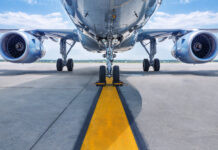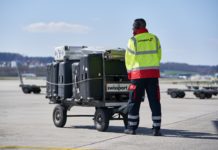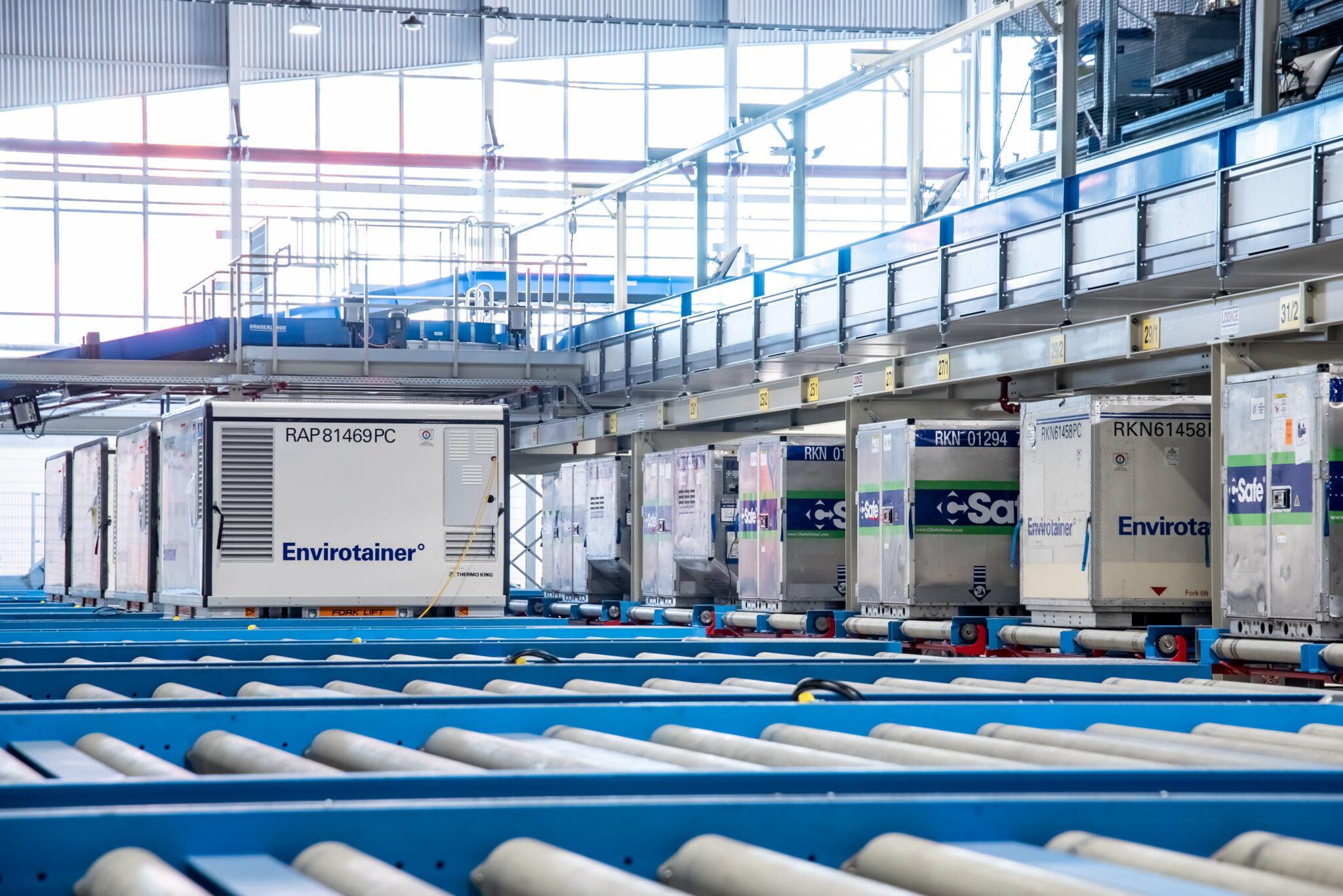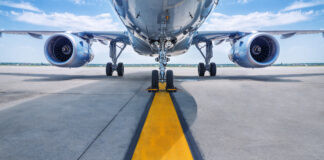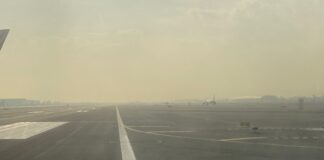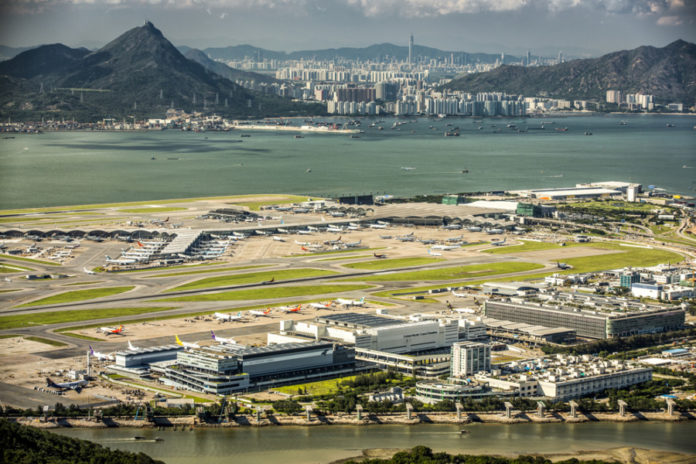

The latest and probably most obvious issue is that of the much-delayed third runway which will increasingly dog the airport for the next six years until completion in 2024.
Views are divergent on just how significant the impact will be. For many, including Volga-Dnepr’s Joanna Li, the lack of slots between now and 2024 will restrict expansion of carriers’ services at the airport and this will be the key hurdle in the short term.
Li doesn’t mince her words despite being a supporter of all the efforts that made Hong Kong’s air freight sector what it is today.
“In the past few years, logistics in Hong Kong also encountered problems with laggard public investment into the aviation sector, which slowed down the process of reconstruction of airport facilities and thwarted the progress.”
“Due to airport congestion, many carriers are restricted by existing slots and are not able to introduce additional flights, thus being forced to look at other options, especially Chinese airports, in order to accommodate emerging export flows in the interests’ of their customers.
A shift to secondary gateways?
“With the third runway still under construction in the next few years, some airlines may shift much of their operation to other secondary gateways in the region, and may never return,” she warns ominously.
Indeed, she is not alone in this concern. As HAFFA’s Brian Wu highlights, by the time the new runway is completed in 2024 substantial flights will have already been arranged out of Shenzhen, Guangzhou, Zhuhai and Macau.
Wu is clear on the point that Hong Kong will face a stiff competition in the next decade, not only on the hardware side from airports in China, but the software side as well, in terms of people, “and that worries me a lot,” he says.
Air Logistics Group’s Sander Bras on the other hand, anticipates only a “slight” impact on the airfreight market. He holds out hope, saying the Hong Kong aviation authorities are looking at approving more flights at a time when the airport’s two runways are currently operating at 98.2 per cent of their annual capacity of 420,000 flights.
This will likely have a spin-off effect says Air Logistics Group’s Vikram Singh: “After all direct routes are optimised it will start to provide an upward pressure on yields. This will result in short haul optimisation towards other regional hubs,” he says.
On the ground handling side of the equation, Hactl’s Mark Whitehead says: “In the short term, we have to work around the slot constraints which are forcing freighter operations into a compressed night-time window that puts pressure on our manpower and resources. If overall capacity were to become a greater issue, we always have the option to use Hong Kong Air Cargo Industry Services (Hacis) to provide road feeder service links to other nearby airports.”
Bridge over troubled water?
Views differ on what the 55km Hong Kong–Zhuhai–Macau Bridge will mean for Hong Kong’s air cargo business. Sander Bras notes the development is likely a plus for the logistics sector in general as transit times from Zhuhai/Guangxi are cut by several hours.
Whitehead agrees saying the bridge will impact many aspects of logistics operations and on all modes of transportation.
“We cannot yet be certain how manufacturers and logistics companies will respond to the opportunities presented by faster and lower-cost transportation across the whole Pearl River Delta.”
Wu doesn’t anticipate much new business, but more a case of, “the same dinner, but a different way of eating it.”
Crucial to the equation is how the mainland Chinese authorities structure policies around it. “We’ve met them a few times already and they hope that we can support them in terms of the cargo from the factories in the Pearl River Delta Area.”
While saying the bridge should increase cargo volumes to Hong Kong, Whitehead acknowledges that it will likely as a result add to the strain on capacity at HKIA.
“But if that proves to be the case, then Hacis is ideally placed to act as a temporary balancing mechanism that can quickly and cost-effectively move cargo to other airports where there is capacity. We are used to facing and resolving challenges: We see problems as opportunities,” he says in what surely is the hallmark of Hong Kong’s success over the decades.

